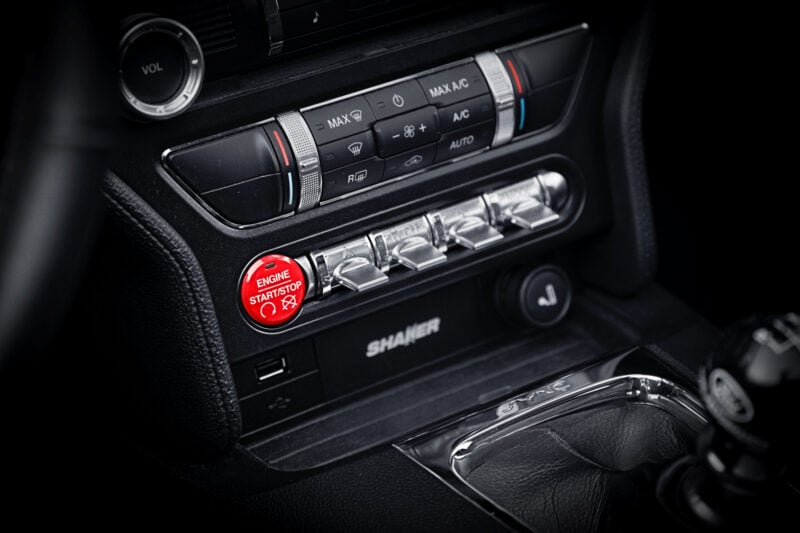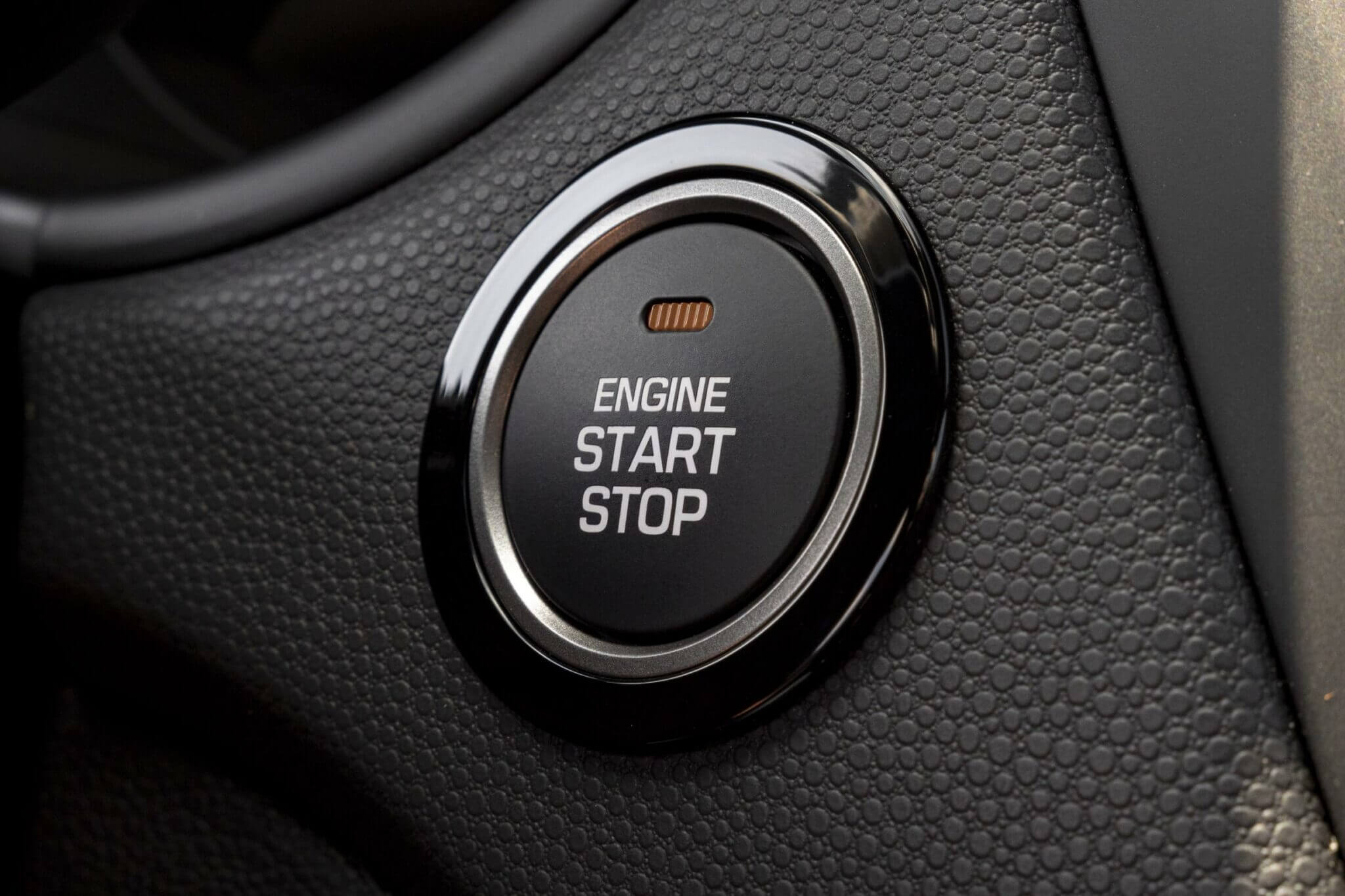Car security is a never-ending arms race. As car technology gets smarter, car thieves get smarter — and staying one step ahead is not far enough to stop them stealing your car.
The latest tech under the spotlight is keyless entry and start. Car manufacturers include these systems for the convenience factor. So long as you have the key somewhere on you and you’re very close to the car, you can open it up. Once inside, you can press one button to fire up the engine and drive off. There’s no fumbling with the keys or a remote control.
However, research from the German automobile club ADAC shows that nearly every vehicle on the market with a keyless start system is vulnerable to a simple attack. Of 237 cars tested, 230 failed to stop ADAC’s team of friendly car thieves from getting into the car and driving it off.
The issue centers on the car-to-key communication required for the technology to work. In essence, the key or fob is always broadcasting a very low power signal to tell the car it is close by (or inside, for starting systems), while the car is always looking for that signal. When the car detects the signal within a couple of feet, and there’s a hand in contact with the door handle, it will unlock. The starter is similar, but simply requires the signal to be inside the car when user presses the starter button.

While that sounds pretty safe, it’s not. Off-the-shelf electronics can also detect the signal from the key, and amplify it. This means that someone can gain access to such a vehicle by fooling the car into thinking the key is nearby.
In ADAC’s tests, 230 of 237 tested cars with keyless entry and start systems were completely vulnerable. Four others allowed the thieves to either unlock or start the car, but not both. The only three vehicles to resist attack were the newest versions of the Land Rover Discovery and Range Rover, and the Jaguar I-PACE — all from the same manufacturer.
How can you protect yourself if your car has such a system? Ultimately, this theft technique relies on the car’s keys being close enough to the outside world for the thieves to detect the signal. Usually, the signal doesn’t get much more than ten feet through air, so stop storing your keys next to the front door.
A more reliable method is to use a Faraday Cage. This is any closed metal box, which will prevent signals passing either out or in. An ordinary key safe will do the trick, as will any other kind of safe, or even a plastic box lined with foil. Most houses have a ready-made Faraday Cage in the shape of a microwave oven, but be careful not to cook your keys by mistake…
Other advice includes using a visible steering wheel lock device to deter thieves. Car manufacturers are also working to secure these systems. Both BMW and Mercedes now only allow the system to work when the keys are in motion, while others think smartphone-like fingerprint recognition might be the way to go.











